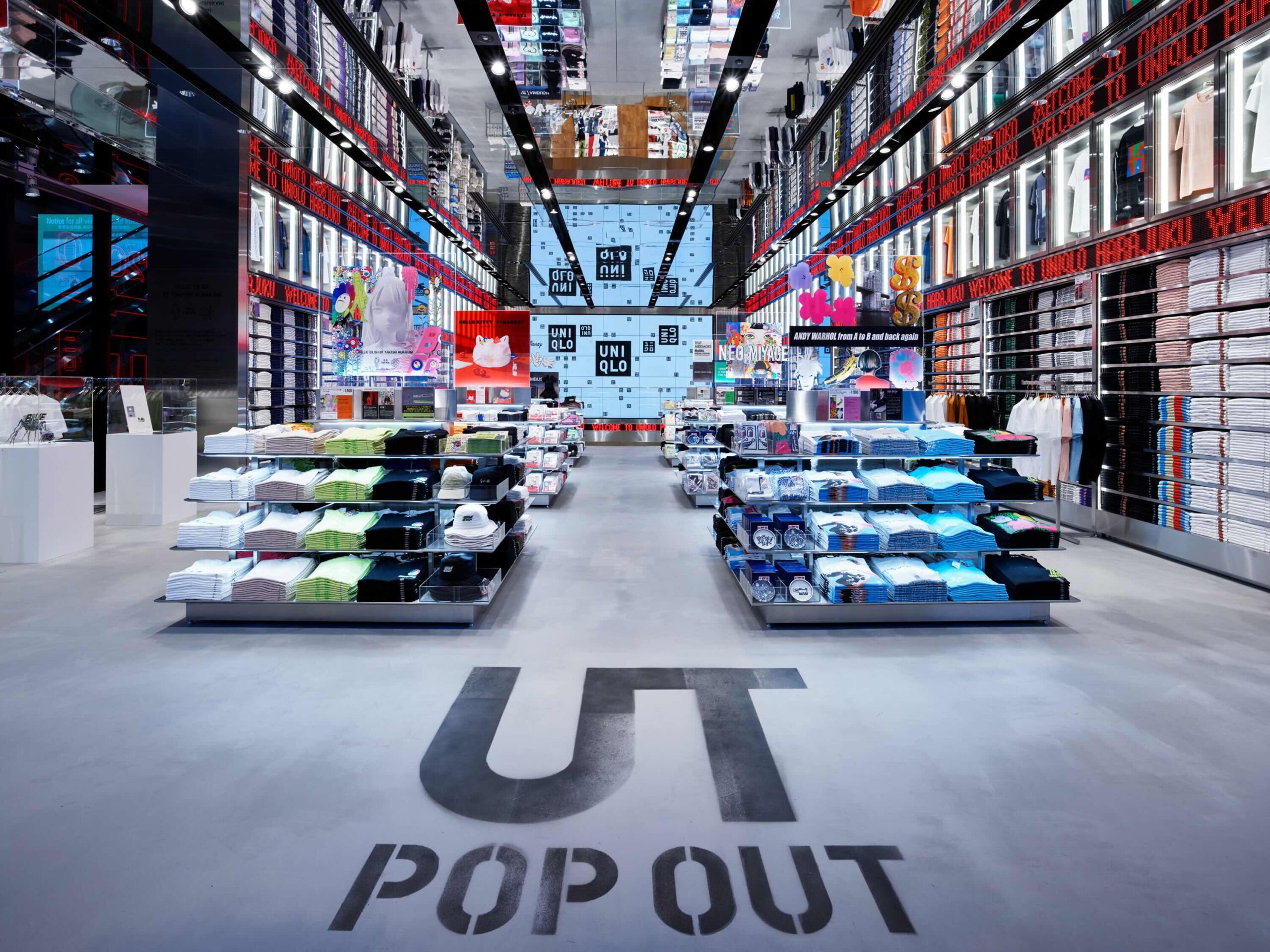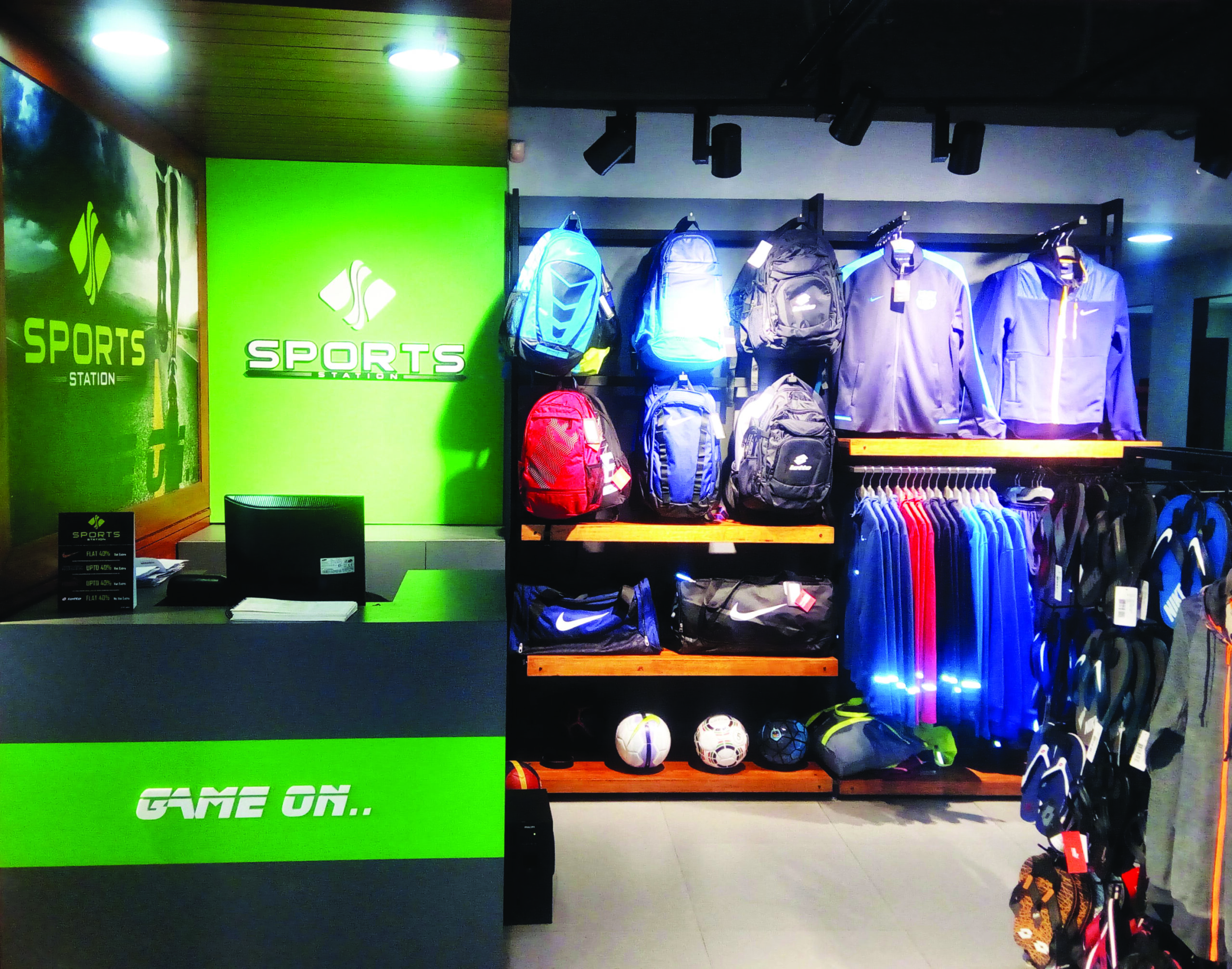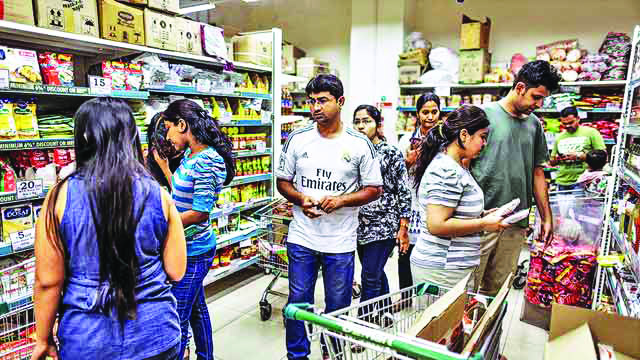By Amit Chopra | Industry Report
As global trade tensions simmer and reciprocal tariffs take center stage, India’s leather sector finds itself at a critical juncture. Industry veteran Puran Dawar, President of the Agra Footwear Manufacturers and Exporters Chamber (AFMEC) and Regional Chairman (North) of CLE, shared his candid perspective on the evolving situation and its implications for the country’s leather and footwear ecosystem.
Shockwaves Across the Sector
“The imposition of reciprocal tariffs has undeniably shaken the industry,” Dawar stated, pointing to a sharp decline in export orders, delayed shipments, and a wave of renegotiated contracts. “Buyers are either stalling orders or demanding price cuts to offset the tariff impact,” he added.
Despite the turbulence, Dawar maintains a long-term view. “Yes, we are seeing short-term shocks. But India’s labor-intensive model puts us in a stronger position than competitors like China, Vietnam, or Indonesia, which are staring down even higher tariffs.”
Resilience Amidst Immediate Impact
With a tone of guarded optimism, Dawar noted that India’s leather industry has already been scaling up. “We’ve expanded capacities in anticipation of growth. These tariffs are a hurdle, but not a roadblock. The fundamentals of our industry remain strong.”
According to Dawar, India’s cost-competitive edge and skilled labor force will serve as crucial differentiators in the coming months. “We’re confident that the industry will bounce back without major job losses and emerge more resilient.”
Policy Push Needed, Says Dawar
To cushion the blow of these tariffs, Dawar urged immediate government intervention. “We need short-term policy measures — whether it’s enhanced duty drawbacks, PLI schemes, or duty exemptions on essential components,” he emphasized. “Such steps will help us stay competitive while navigating these global headwinds.”
He underscored the need for a swift response. “A timely support package will give us the buffer we need — and position India to come out of this stronger.”
A Time to Rethink the Export Playbook
For Dawar, the crisis isn’t just a hurdle; it’s a chance to rethink. “This is a wake-up call to restructure our export model,” he declared. “Global buyers are re-evaluating supply chains, especially in labor-driven sectors. India stands to gain if we move fast and smart.”
As companies shift away from China, Dawar believes India could emerge as a preferred sourcing destination — especially for high-volume, labor-intensive products. “We have the manpower, the infrastructure is improving, and now the global spotlight is on us.”
Domestic Demand Could Drive Recovery
Even as exports face temporary headwinds, Dawar pointed to a bright spot on the horizon — domestic demand. “India’s middle class — nearly 25 to 30% of our population — is growing fast and has money to spend,” he said. “Per capita footwear consumption is expected to nearly double, from 1.7 to 3 or 4 pairs per person.”
Add to that the government’s recent tariff and non-tariff measures on Chinese imports, and Dawar sees an opportunity. “Reduced imports open up space for local manufacturers. This could drive both demand and production internally.”
Bottom line? While the leather sector may be feeling the heat of global tariff battles, industry leaders like Puran Dawar aren’t just bracing for impact — they’re calling for bold policy action, strategic recalibration, and a dash of desi optimism to turn crisis into opportunity.












